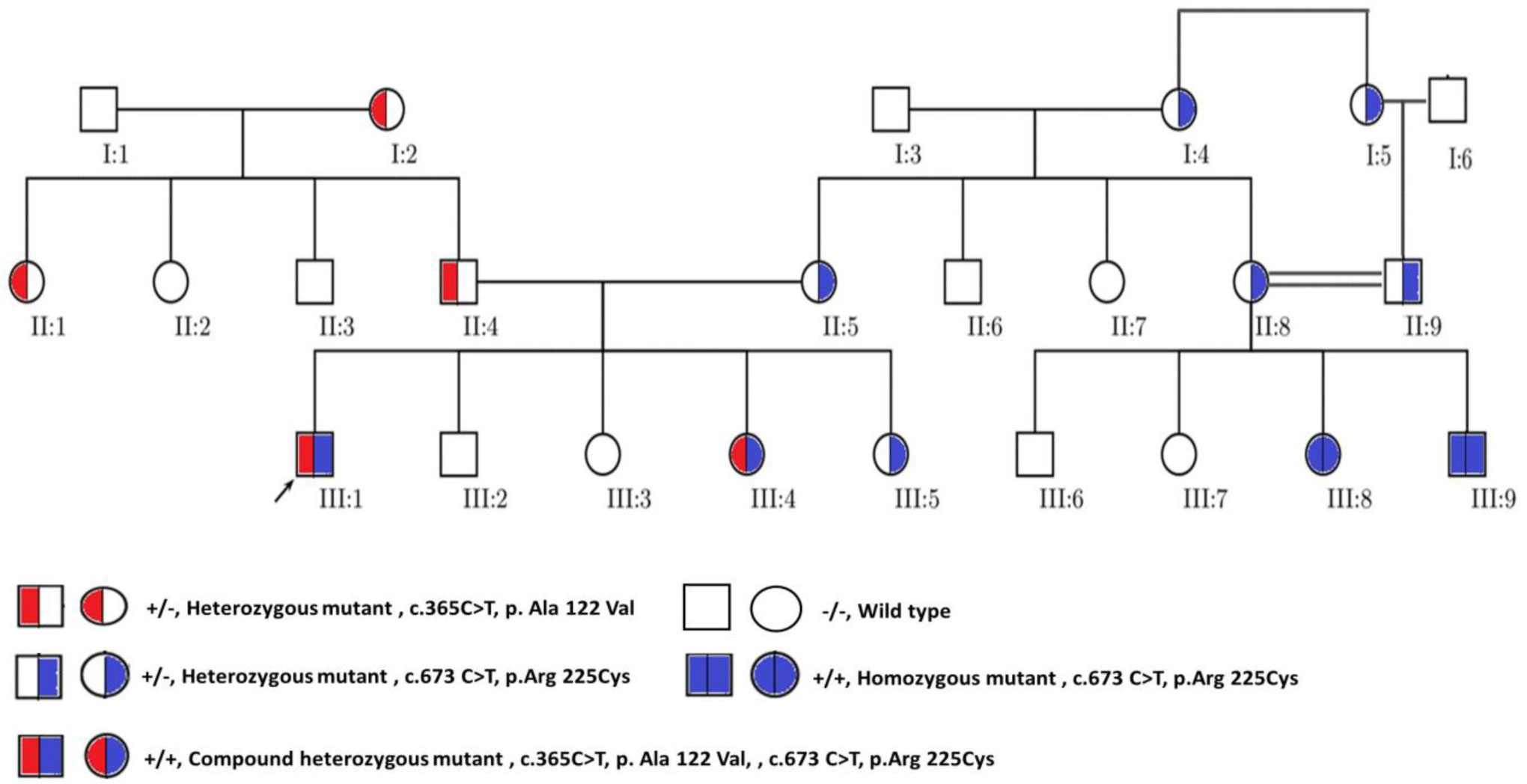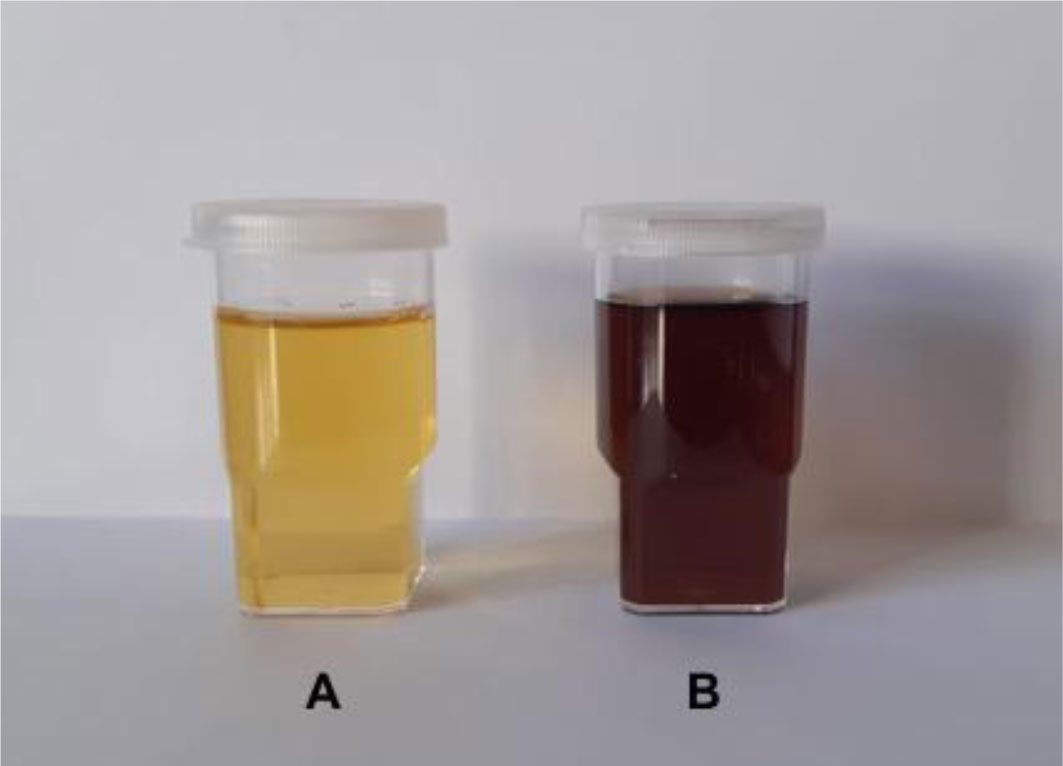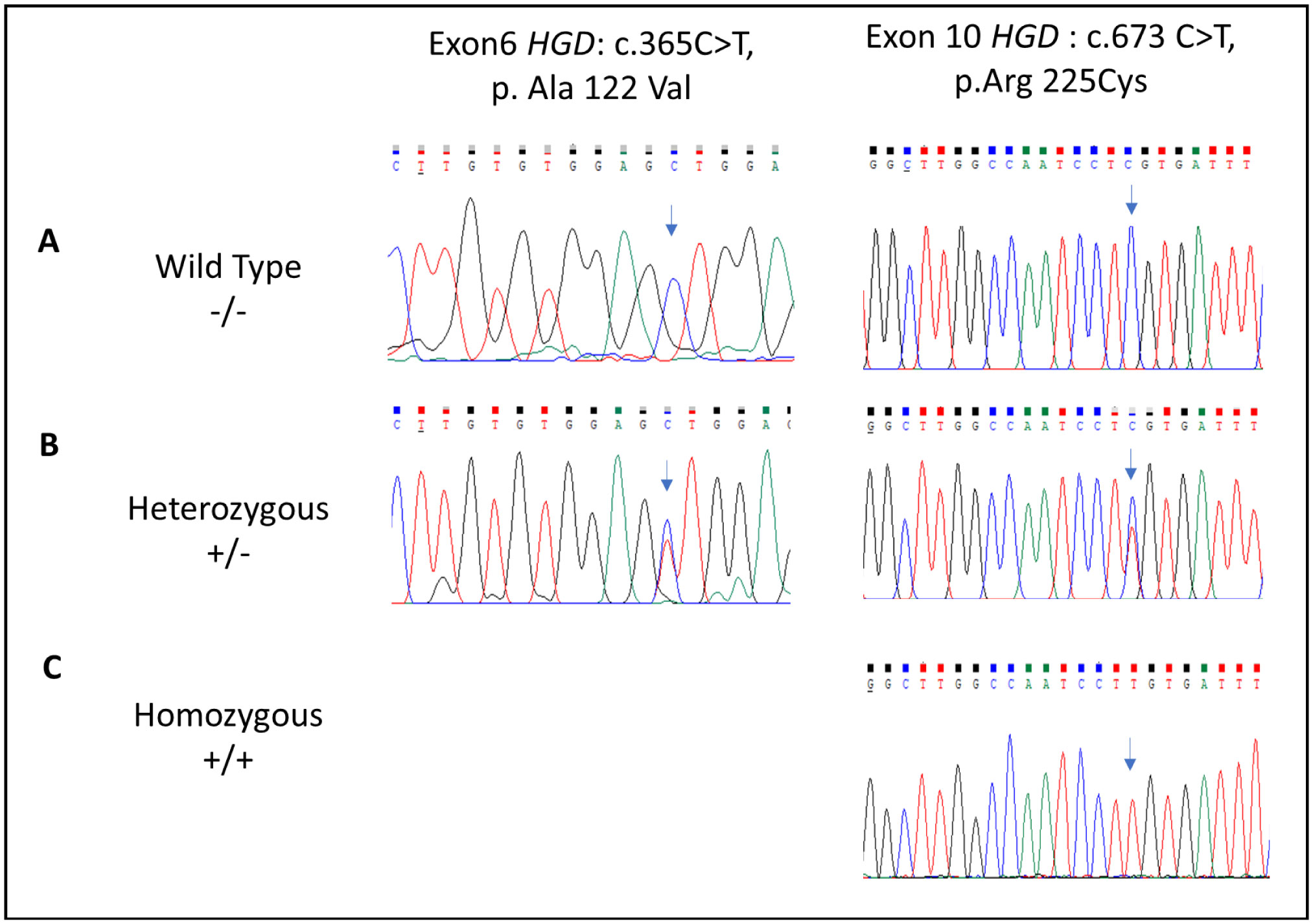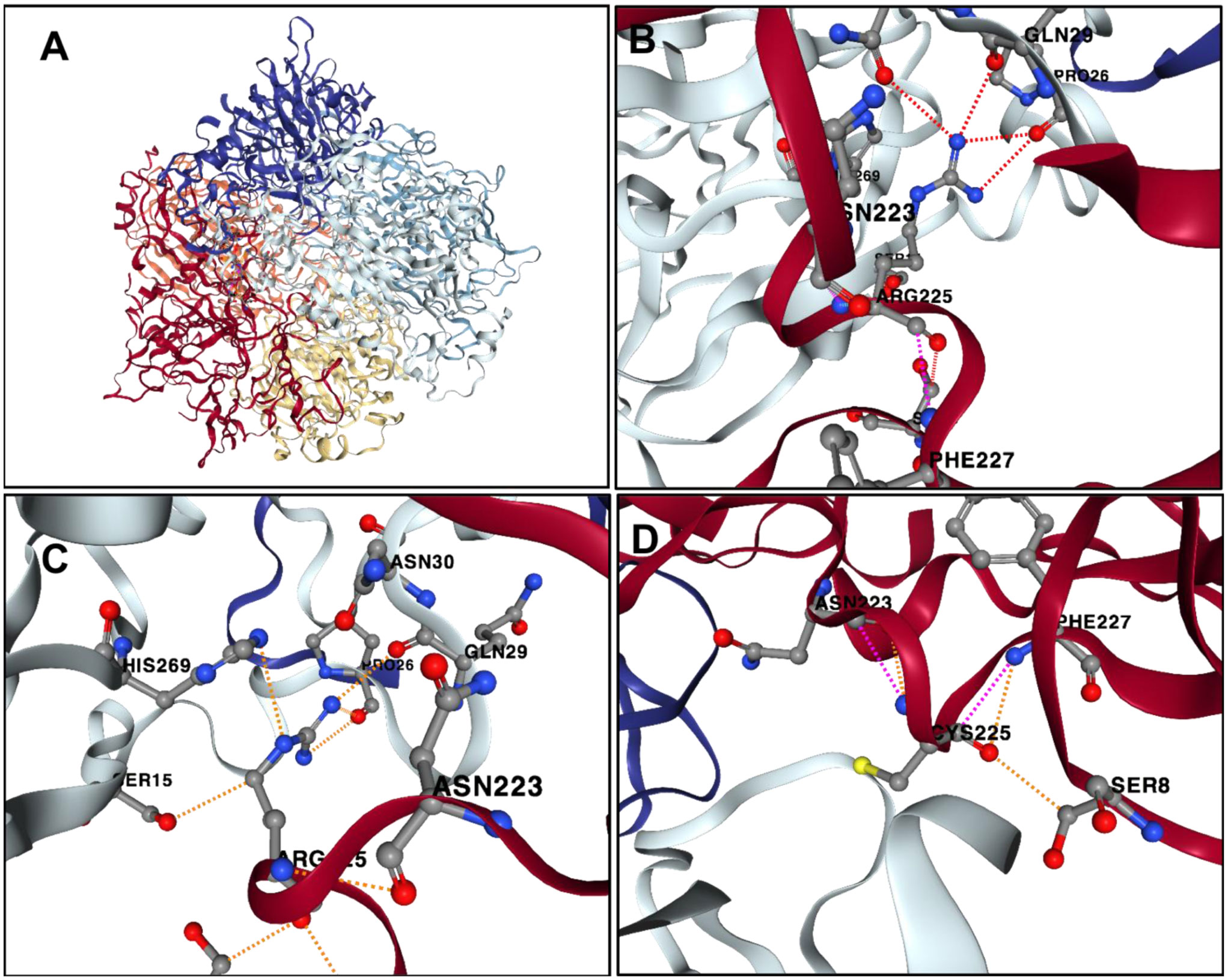1.
Introduction
In this paper, we consider the 3D nonlinear damped micropolar equation
where (x,t)∈Ω×[τ,+∞), τ∈R, Ω⊆R3 is a bounded domain, u=u(x,t) is the fluid velocity, ω=ω(x,t) is the angular velocity, σ is the damping coefficient, which is a positive constant, f1=f1(x,t) and f2=f2(x,t) represent external forces, ν, κ, γ, μ are all positive constants, γ and μ represent the angular viscosities.
Micropolar flow can describe a fluid with microstructure, that is, a fluid composed of randomly oriented particles suspended in a viscous medium without considering the deformation of fluid particles. Since Eringen first published his paper on the model equation of micropolar fluids in 1966 [5], the formation of modern theory of micropolar fluid dynamics has experienced more than 40 years of development. For the 2D case, many researchers have discussed the long time behavior of micropolar equations (such as [2,4,10,24]). It should be mentioned that some conclusions in the 2D case no longer hold for the 3D case due to different structures of the system. In the 3D case, the work of micropolar equations (1.1) with σ=0, f1=0, and f2=0 has attracted a lot of attention (see [6,14,19]). Galdi and Rionero [6] proved the existence and uniqueness of solutions of 3D incompressible micropolar equations. In a 3D bounded domain, for small initial data Yamaguchi [19] investigated the existence of a global solution to the initial boundary problem for the micropolar system. In [14], Silva and Cruz et al. studied the L2-decay of weak solutions for 3D micropolar equations in the whole space R3. When f1=f2=0, for the Cauchy problem of the 3D incompressible nonlinear damped micropolar equations, Ye [22] discussed the existence and uniqueness of global strong solutions when β=3 and 4σ(ν+κ)>1 or β>3. In [18], Wang and Long showed that strong solutions exist globally for any 1≤β≤3 when initial data satisfies some certain conditions. Based on [22], Yang and Liu [20] obtained uniform estimates of the solutions for 3D incompressible micropolar equations with damping, and then they proved the existence of global attractors for 3<β<5. In [7], Li and Xiao investigated the large time decay of the L2-norm of weak solutions when β>145, and considered the upper bounds of the derivatives of the strong solution when β>3. In [21], for 1≤β<73, Yang, Liu, and Sun proved the existence of trajectory attractors for 3D nonlinear damped micropolar fluids.
To the best of our knowledge, there are few results on uniform attractors for the three-dimensional micropolar equation with nonlinear damping term. The purpose of this paper is to consider the existence of uniform attractors of system (1.1). When ω=0,κ=0, system (1.1) is reduced to the Navier-Stokes equations with damping. In recent years, some scholars have studied the three-dimensional nonlinear damped Navier-Stokes equations (see [1,13,15,16,23,25]). In order to obtain the desired conclusion, we will use some proof techniques which have been used in the 3D nonlinear damped Navier Stokes equations. Note that, in [20], for the convenience of discussion the authors choose κ,μ=12,γ=1, and ν=32. In this work, we do not specify these parameters, but only require them to be positive real numbers. More importantly, we obtain the existence of uniform attractors in the case of β>3, which undoubtedly expands the range of β when the global attractor exists in [20], i.e., 3<β<5. For the convenience of discussion, similar to [3,8,9,11,16], we make some translational compactness assumption on the external forces term in this paper.
The organizational structure of this article is as follows: In Section 2, we give some basic definitions and properties of function spaces and process theory which will be used in this paper. In Section 3, using various Sobolev inequalities and Gronwall inequalities, we make some uniform estimates from the space with low regularity to high regularity on the solution of the equation. Based on these uniform estimates, in Section 4 we prove that the family of processes {U(f1,f2)(t,τ)}t≥τ corresponding to (1.1) has uniform attractors A1 in V1×V2 and A2 in H2(Ω)×H2(Ω), respectively. Furthermore, we prove A1=A2.
2.
Preliminaries
We define the usual functional spaces as follows:
For H1 and H2 we have the inner product
and norm ‖⋅‖2=‖⋅‖22=(⋅,⋅). In this paper, Lp(Ω)=(Lp(Ω))3, and ‖⋅‖p represents the norm in Lp(Ω).
We define operators
where P is the orthogonal projection from L2(Ω) onto H1. Hs(Ω)=(Hs(Ω))3 is the usual Sobolev space, and its norm is defined by ∥⋅∥Hs=∥As2⋅∥; as s=2, ∥⋅∥H2=∥A⋅∥.
Let us rewrite system (1.1) as
where we let G(u)=P(σ|u|β−1u).
The Poincarˊe inequality [17] gives
where λ1 is the first eigenvalue of Au, and λ2 is the first eigenvalue of Aω. Let λ=min{λ1,λ2}. Then, we have
Agmon's inequality [17] gives
The trilinear inequalities [12] give
Recall that a function f(t) is translation bounded (tr.b.) in L2loc(R;L2(Ω)) if
where L2b(R;L2(Ω)) represents the collection of functions that are tr.b. in L2loc(R;L2(Ω)). We say that H(f0)=¯{f0(⋅+t):t∈R} is the shell of f0 in L2loc(R;L2(Ω)). If H(f0) is compact in L2loc(R;L2(Ω)), then we say that f0(x,t)∈L2loc(R;L2(Ω)) is translation compact (tr.c.). We use L2c(R;L2(Ω)) to express the collection of all translation compact functions in L2loc(R;L2(Ω)).
Next, we will provide the existence and uniqueness theorems of the solution of Eq (2.1).
Definition 2.1. A function pair (u,ω) is said to be a global strong solution to system (2.1) if it satisfies
for any given T>τ.
Theorem 2.1. Suppose (uτ,ωτ)∈V1×V2 with ∇⋅uτ=0,f1,f2∈L2b(R;L2(Ω)). If β=3 and 4σ(ν+κ)>1 or β>3, then there exists a unique global strong solution of (2.1).
Proof. Since the proof method is similar to that of Theorem 1.2 in [22], we omit it here. □
Let Σ be a metric space. X, Y are two Banach spaces, and Y⊂X is continuous. {Uσ(t,τ)}t≥τ, σ∈Σ is a family of processes in Banach space X, i.e., u(t)=Uσ(t,τ)uτ, Uσ(t,s)Uσ(s,τ)=Uσ(t,τ),∀t≥s≥τ,τ∈R,Uσ(τ,τ)=I, where σ∈Σ is a time symbol space. B(X) is the set of all bounded subsets of X. Rτ=[τ,+∞).
For the basic concepts of bi-space uniform absorbing set, uniform attracting set, uniform attractor, uniform compact, and uniform asymptotically compact of the family of processed {Uσ(t,τ)}t≥τ,σ∈Σ, one can refer to [9,16].
Let T(h) be a family of operators acting on Σ, satisfying: T(h)σ(s)=σ(s+h),∀s∈R. In this paper, we assume that Σ satisfies
(C1) T(h)Σ=Σ, ∀h∈R+;
(C2) translation identity:
Theorem 2.2. [3] If the family of processes {Uσ(t,τ)}t≥τ,σ∈Σ is (X,Y)-uniformly (w.r.t. σ∈Σ) asymptotically compact, then it has a (X,Y)-uniform (w.r.t. σ∈Σ) attractor AΣ, AΣ is compact in Y, and it attracts all bounded subsets of X in the topology of Y.
In this paper, the letter C represents a positive constant. It may represent different values in different lines, or even in the same line.
3.
Uniform estimations of solutions
In this paper, we chose H(f01)×H(f02) as the symbol space. Obviously, T(t)(H((f01)×H(f02))=H(f01)×H(f02), for all t≥0. {T(t)}t≥0 is defined by
which is a translation semigroup and is continuous on H(f01)×H(f02).
Thanks to Theorem 2.1, when (uτ,ωτ)∈V1×V2, f1,f2∈L2loc(R;L2(Ω)), and β>3, we can define a process {U(f1,f2)(t,τ)}t≥τ in V1×V2 by
where (u(t),ω(t)) is the solution of Eq (1.1) with external forces f1,f2 and initial data (uτ,ωτ).
Next, let us assume that the external forces f01(x,t),f02(x,t) are tr.c. in L2loc(R;L2(Ω)). Then, f01,f02 are tr.b. in L2loc(R;L2(Ω)), and
Furthermore, we assume f01,f02 are uniformly bounded in L2(Ω), i.e., there exists a positive constant K, which satisfies
Meanwhile, we suppose the derivatives df01dt, df02dt, labeled as h1,h2, also belong to L2c(R;L2(Ω)).
Lemma 3.1. Suppose (uτ,ωτ)∈V1×V2 and (f1,f2)∈H(f01)×H(f02). If β>3 then there exists a time t0 and constants ρ1,I1 such that, for any t≥t0,
Proof. Multiplying (1.1)1 and (1.1)2 with external forces f1∈H(f01), f2∈H(f02) by u and ω, respectively, and integrating the results equations on Ω, using H¨older's inequality, Young's inequality, and Poincarˊe's inequality, it yields
So, we can obtain that
and by Poincarˊe's inequality, it yields
where α=min{ν,γ}. So, by Gronwall's inequality, we get
Therefore, there must exists a time t0≥τ+1λαlnλ2α2(‖uτ‖2+‖ωτ‖2)(1+λα)(‖f1‖2L2b+‖f2‖2L2b), such that, ∀t≥t0,
Taking t≥t0, integrating (3.4) from t to t+1, and noticing (3.6), we get
Letting δ1=min{ν,γ,2σ,2μ}, we have
Letting I1=1δ1(ρ1+1λα(‖f1‖2L2b+‖f2‖2L2b)), we have
This completes the proof of Lemma 3.1. □
Lemma 3.2. Assume β>3, (uτ,ωτ)∈V1×V2 and (f1,f2)∈H(f01)×H(f02). Then, there exists a time t2 and a constant ρ2 such that
for any t≥t2.
Proof. Taking the inner product of −Δu in H1 with the first equation of (1.1), we obtain
In [18], we find that, when β>3,
where C1=N2ν+κ+N2(ν+κ)(Nβ−1+1), and N is sufficiently large such that
And, because
so combining (3.10)–(3.12) with (3.9), we have
where C2=max{2C1,8κ2ν+κ,2ν+κ}.
Applying uniform Gronwall's inequality to (3.13), we obtaint, ∀t≥t0+1≡t1,
where C3 is a positive constant dependent on C2, I1, and ∥f01∥2L2b.
Taking the inner product of −Δω in H2 with the second equation of (1.1), we get
In the last inequality of (3.15), we used Agmon's inequality and the trilinear inequality. Then,
where C4=max{2d21γ,8κ2γ,2γ}.
By the uniform Gronwall's inequality, we easily obtain that, for t≥t1+1≡t2,
where C5 is a positive constant dependent on C3,C4, and ∥f02∥2L2b.
Adding (3.14) with (3.17) yields
for t≥t2. Hence, Lemma 3.2 is proved. □
Lemma 3.3. Suppose that (uτ,ωτ)∈V1×V2 and (f1,f2)∈H(f01)×H(f02). Then, for β>3, there exists a time t3 and a constant ρ3 such that
for any t≥t3.
Proof. Multiplying (1.1)1 by ut, then integrating the equation over Ω, we have
The trilinear inequality (2.4), Agmon's inequality, and Poincarˊe's inequality are used in the last inequality of (3.19).
Hence,
where C6=max{3d21√λ1,12κ2,3}.
By (3.20), using Lemmas 3.1 and 3.2 and the uniform Gronwall's inequality, we have
Similar to (3.19), multiplying (1.1)2 by ωt and integrating it over Ω, we get
Hence,
By (3.23), using Lemma 3.2 and the uniform Gronwall's inequality, we infer that
The proof of Lemma 3.3 is finished. □
Lemma 3.4. Suppose (uτ,ωτ)∈V1×V2 and (f1,f2)∈H(f01)×H(f02). If β>3, then there exists a time t4 and a constant ρ5, such that
for any s≥t4.
Proof. Taking the inner products of ut and ωt with the first and second equations of (1.1), respectively, and using (3.19) and (3.22), we find
where C7=max{3d212√λ1,6κ2,32}. The trilinear inequality (2.4), Agmon's inequality, and Poincarˊe's inequality are used in the last inequality of (3.26).
Integrating (3.26) over [t,t+1] and using Lemmas 3.1–3.3, we get
where ρ4 is a positive constant dependent on C7,ρ2,ρ3, ∥f01∥2L2b, and ∥f02∥2L2b.
We now differentiate (2.1)1 with respect to t, then take the inner product of ut with the resulting equation to obtain
Then, we differentiate (2.1)2 with respect to t and take the inner product with ωt to obtain
Adding (3.28) with (3.29), we have
From Lemma 2.4 in [15], we know that G′(u) is positive definite, so
For L1, using the trilinear inequality (2.5) and Lemma 3.2, we have
For L2, by H¨older's inequality, Gagliardo-Nirenberg's inequality, and Young's inequality, we have
By (3.30)–(3.34), we get
Thanks to
and applying uniform Gronwall's inequality to (3.35), we have for any s≥t3+1≡t4,
Thus, Lemma 3.4 is proved. □
Lemma 3.5. Suppose (uτ,ωτ)∈V1×V2 and (f1,f2)∈H(f01)×H(f02). Then, for β>3, there exists a constant ρ6 such that
for any t≥t4.
Proof. Taking the inner product of −Δu in H1 with the first equation of (1.1), we have
Because
combining (3.39) with (3.38), we obtain
From the assumption of f01(t), we can easily get
By Lemmas 3.2 and 3.4, we obtain
Taking the inner product of Aω with (2.1)2, we get
And, by Agmon's inequality,
From the assumption on f02(t), we can easily obtain
By Lemma 3.2, Lemma 3.4, (3.42), (3.43), (3.44), and (3.45), we get
By (3.42) and (3.46), Lemma 3.5 is proved for all t≥t4. □
Lemma 3.6. Suppose (uτ,ωτ)∈V1×V2 and (f1,f2)∈H(f01)×H(f02). Then, for β>3, there exists a time t5 and a constant ρ7 satisfying
Proof. In the proof of Lemma 3.4, from (3.30)–(3.34) we can also get
Integrating (3.48) from t to t+1, and according to Lemma 3.4, we have
By Lemma 3.5, we get
So, by Lemma 3.2, applying Agmon's inequality, we get
Taking the derivative of (2.1)1 and (2.1)2 with respect to t, then multiplying by Aut and Aωt, respectively, and integrating the resulting equations over Ω, we then have
For J1, J2, using (2.6) and Lemmas 3.2 and 3.5, we have
and
For J3 and J4, similar to (3.53) and (3.54), we get
For J5, J6, and J7, applying Hölder's inequality and Young's inequality, we have
and thanks to (3.51),
For J8 and J9, we have
By (3.52)–(3.60), we obtain
Then, by (3.27), (3.49), and using the uniform Gronwall's lemma, we get
Thus, Lemma 3.6 is proved. □
4.
Existence of uniform attractors
In this section, we consider the existence of the (V1×V2,V1×V2)-uniform (w.r.t. (f1,f2)∈H(f01)×H(f02)) attractor and the (V1×V2,H2(Ω)×H2(Ω))-uniform attractor for {U(f1,f2)(t,τ)}t≥τ,f1×f2∈H(f01)×H(f02).
Lemma 4.1. Suppose β>3. The family of processes {U(f1,f2)(t,τ)}t≥τ, f1×f2∈H(f01)×H(f02), corresponding to (2.1) is ((V1×V2)×(H(f01)×H(f02)),V1×V2)-continuous for τ≥t5.
Proof. Let τn⊂[τ,+∞) be a time sequence, U(f(n)1,f(n)2)(t,τ)(uτn,ωτn)=(u(n)(t),ω(n)(t)), U(f1,f2)(t,τ)(uτ,ωτ)=(u(t),ω(t)) and
It is evident that ˉu(n)(t) is the solution of
and ˉω(n)(t) is the solution of the following system
for each n.
Taking the inner product of (4.1) with Aˉu(n) in H1, we get
Taking the inner product of (4.2) with Aˉω(n) in H2, we have
Combining (4.3) with (4.4), we get
Due to
and
where ˉu(n)(t)=u(t)−un(t). In the above inequality, we used the fact that
for any x,y≥0, where c is an absolute constant.
Therefore,
By (4.5)–(4.15) and (4.17), we obtain
Using Gronwall's inequality in (4.18) yields
From Lemmas 3.2 and 3.5, and using Agmon's inequality, we know that
So, from Lemmas 3.2–3.5, we have
for any given t and τ, t≥τ, τ≥t5.
Thus, from (4.19), we have that {U(f1,f2)(t,τ)}t≥τ, f1×f2∈H(f01)×H(f02) is ((V1×V2)×(H(f01)×H(f02)),V1×V2)-continuous, for τ≥t5. □
By Lemma 3.5, the fact of compact imbedding H2×H2↪V1×V2, and Theorem 3.1 in [16], we have the following theorems.
Theorem 4.1. Suppose β>3. The family of processes {U(f1,f2)(t,τ)}t≥τ, f1×f2∈H(f01)×H(f02) with respect to problem (1.1) has a (V1×V2,V1×V2) uniform attractor A1. Moreover,
where K(f1,f2)(0) is the section at t=0 of kernel K(f1,f2) of the processes {U(f1,f2)(t,τ)}t≥τ.
Theorem 4.2. Suppose β>3. The family of processes {U(f1,f2)(t,τ)}t≥τ, f1×f2∈H(f01)×H(f02) with respect to problem (1.1) has a (V1×V2,H2(Ω)×H2(Ω))-uniform attractor A2. A2 is compact in H2(Ω)×H2(Ω), and it attracts every bounded subset of V1×V2 in the topology of H2(Ω)×H2(Ω).
Proof. By Theorem 2.2, we only need to prove that {U(f1,f2)(t,τ)}t≥τ, f1×f2∈H(f01)×H(f02) acting on V1×V2 is (V1×V2,H2(Ω)×H2(Ω))-uniform (w.r.t. f1×f2∈H(f01)×H(f02)) asymptotically compact.
Thanks to Lemma 3.5, we know that B={(u×ω)∈H2×H2:‖Au‖2+‖Aω‖2≤C} is a bounded (V1×V2,H2(Ω)×H2(Ω))-uniform absorbing set of {U(f1,f2)(t,τ)}t≥τ. Then, we just need to prove that, for any τn∈R, any t→+∞, and (uτn,ωτn)∈B, {(un(t),ωn(t))}∞n=0 is precompact in H2(Ω)×H2(Ω), where(un(t),ωn(t))=U(f1,f2)(t,τn)(uτn,ωτn).
Because V1↪H1,V2↪H2 are compact, from Lemma 3.6 we obtain that {ddtun(t)}∞n=0, {ddtωn(t)}∞n=0 are precompact in H1 and H2, respectively.
Next, we will prove {un(t)}∞n=0, {ωn(t)}∞n=0 are Cauchy sequences in H2(Ω). From (2.1), we have
Multiplying (4.21) by Aunk(t)−Aunj(t), we obtain
so we have
Multiplying (4.22) by Aωnk(t)−Aωnj(t) we obtain
so we get
Combining (4.23) with (4.24), we have
Because V2↪H2 is compact, from Lemma 3.2 we know that {ωn(t)}∞n=0 is precompact in H2. And, using the compactness of embedding H2(Ω)↪V1,H2(Ω)↪V2 and Lemma 3.5, we have that {un(t)}∞n=0,{ωn(t)}∞n=0 are precompact in V1 and V2, respectively. Considering V1↪H1,V2↪H2 are compact, from Lemma 3.6 we know that {ddtun(t)}∞n=0, {ddtωn(t)}∞n=0 are precompact in H1 and H2, respectively.
Using (2.6), we have
and
From the proof of Lemma 4.2 in [15], we have
Taking into account (4.25)–(4.28), we have
(4.29) indicates that the processes {U(f1,f2)(t,τ)}t≥τ are uniformly asymptotically compact in H2(Ω)×H2(Ω). So, by Theorem 2.2, it has a (V1×V2,H2(Ω)×H2(Ω))-uniform attractor A2. □
Theorem 4.3. Suppose β>3. The (V1×V2,V1×V2)-uniform attractor A1 of the family of processes {U(f1,f2)(t,τ)}t≥τ, f1×f2∈H(f01)×H(f02) is actually the (V1×V2,H2(Ω)×H2(Ω))-uniform attractor A2, i.e., A1=A2.
Proof. First, we will prove A1⊂A2. Because A2 is bounded in H2(Ω)×H2(Ω), and the embedding H2(Ω)×H2(Ω)↪V1×V2 is continuous, A2 is bounded in V1×V2. From Theorem 4.2, we know that A2 attracts uniformly all bounded subsets of V1×V2, so A2 is a bounded uniform attracting set of {U(f1,f2)(t,τ)}t≥τ, f1×f2∈H(f01)×H(f02) in V1×V2. By the minimality of A1, we have A1⊂A2.
Now, we will prove A2⊂A1. First, we will prove A1 is a (V1×V2,H2(Ω)×H2(Ω))-uniformly attracting set of {U(f1,f2)(t,τ)}t≥τ, f1×f2∈H(f01)×H(f02). That is to say, we will prove
for any τ∈R and B∈B(V1×V2).
If we suppose (4.30) is not valid, then there must exist some τ∈R, B∈B(V1×V2), ε0>0, (f(n)1,f(n)2)∈H(f01)×H(f02), and tn→+∞, when n→+∞, such that, for all n≥1,
This shows that there exists (un,ωn)∈B such that
In the light of Theorem 4.2, {U(f1,f2)(t,τ)}t≥τ, f1×f2∈H(f01)×H(f02) has a (V1×V2,H2(Ω)×H2(Ω))-uniform attractor A2 which attracts any bounded subset of V1×V2 in the topology of H2(Ω)×H2(Ω). Therefore, there exists (ζ,η)∈H2(Ω)×H2(Ω) and a subsequence of U(f(n)1,f(n)2)(tn,τ)(un,ωn) such that
On the other side, the processes {U(f1,f2)(t,τ)}t≥τ, f1×f2∈H(f01)×H(f02) have a (V1×V2,V1×V2)-uniform attractor A1, which attracts uniformly any bounded subsets of V1×V2 in the topology of V1×V2. So, there exists (u,ω)∈V1×V2 and a subsequence of U(f(n)1,f(n)2)(tn,τ)(un,ωn) such that
From (4.33) and (4.34), we have (u,ω)=(ζ,η), so (4.33) can also be written as
And, from Theorem 4.1, we know that A1 attracts B, so
By (4.34), (4.36), and the compactness of A1 in V1×V2, we have (u,ω)∈A1. Considering (4.35), we have
which contradicts (4.32). Therefore, A1 is a (V1×V2,H2(Ω)×H2(Ω))-uniform attractor of {U(f1,f2)(t,τ)}t≥τ, f1×f2∈H(f01)×H(f02), and by the minimality of A2, we have A2⊂A1. □
5.
Conclusions
In this paper, we discussed the existence of uniform attractors of strong solutions for 3D incompressible micropolar equations with nonlinear damping. Based on some translation-compactness assumption on the external forces, and when β>3, we made a series of uniform estimates on the solutions in various functional spaces. According to these uniform estimates, we proved the existence of uniform attractors for the process operators corresponding to the solution of the equation in V1×V2 and H2×H2, and verified that the uniform attractors in V1×V2 and H2×H2 are actually the same.
Use of AI tools declaration
The authors declare they have not used Artificial Intelligence (AI) tools in the creation of this article.
Acknowledgments
The authors are thankful to the editors and the anonymous reviewers for their valuable suggestions and comments on the manuscript. This work is supported by National Natural Science Foundation of China (Nos. 11601417, 12001420).
Conflict of interest
The authors declare no conflict of interest in this paper.


















 DownLoad:
DownLoad: